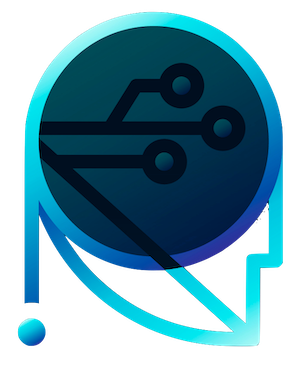In an era where technology shapes our everyday experience, the announcement from Microsoft about its upcoming multi-step reasoning AI features for Microsoft 365 Copilot is undeniably compelling. Richard Lawler, a keen observer of tech trends, captures this moment with an insightful depiction of the transformative impact these capabilities promise. As seen in the latest updates, Microsoft is not just catching up with industry frontrunners like Google and OpenAI; instead, it is positioning itself at the apex of an AI revolution, with new tools such as Researcher and Analyst designed to redefine how users interact with data.
Peering Inside the Mechanisms
The brilliance of the Researcher tool lies in its capability to synthesize vast amounts of information seamlessly. Grounded in OpenAI’s sophisticated research model, it is tailored for complexity, capable of conducting intricate multi-step research tasks. This is particularly relevant for business environments, where timely and accurate data analytics can mean the difference between success and failure. By harnessing third-party data through intriguing connectors to systems like Salesforce or ServiceNow, Microsoft affords its users unprecedented visibility across commonly used tools, potentially unlocking profound operational efficiencies.
On the flip side, the Analyst tool operates on the foundation of the o3-mini reasoning model, embodying a skill set nearest to that of a seasoned data scientist. With the promise of executing Python code in real-time and generating coherent spreadsheets, Analyst could save users countless hours otherwise spent on manual data processing. This democratization of data analysis through an intuitive interface may empower businesses to make more informed decisions promptly—a critical function in today’s fast-paced market.
Freedom through Automation: A Paradigm Shift
The upgraded capabilities of the Copilot are not just another addition to a crowded marketplace; they represent a transformative shift towards automated workflows. Envision a scenario where AI agents handle routine tasks, allowing human users to focus on strategic decision-making rather than mundane operations. Microsoft’s initiative is particularly noteworthy as it introduces low-code experiences that may enable almost anyone to create simple automation systems without needing a coding background.
Nevertheless, while the potential for these new capabilities is immense, skepticism remains. The promise of ‘automating any task imaginable’ with AI sounds tantalizing, yet real-world application often reveals limitations. We have yet to see tangible evidence of how these intelligent agents truly enhance productivity beyond what traditional systems offer. Will these automated systems genuinely outmaneuver existing solutions, or are they simply an evolution of what we already have?
The Call for Pragmatic Innovation
As Microsoft rolls out these groundbreaking features in phases, the anticipation builds. There’s an underlying current of hope that this leap in AI will bridge gaps in efficiency and productivity. Yet, highlighting realistic expectations is crucial. In a tech landscape rife with buzzwords and hollow promises, genuine innovation should couple advanced technology with real-world efficacy. Microsoft’s journey into multi-step reasoning AI provides a glimpse into a future ripe with possibilities, but the challenge remains in execution—the impending rollout will test whether these capabilities are truly revolutionary or just another over-hyped enhancement.
By focusing not just on what these tools can do, but how they perform under practical conditions, we can better gauge the real impact of Microsoft’s ambitious AI endeavors. The industry watches closely, for the outcomes of such innovations could set the benchmarks for AI integration across sectors.


Leave a Reply